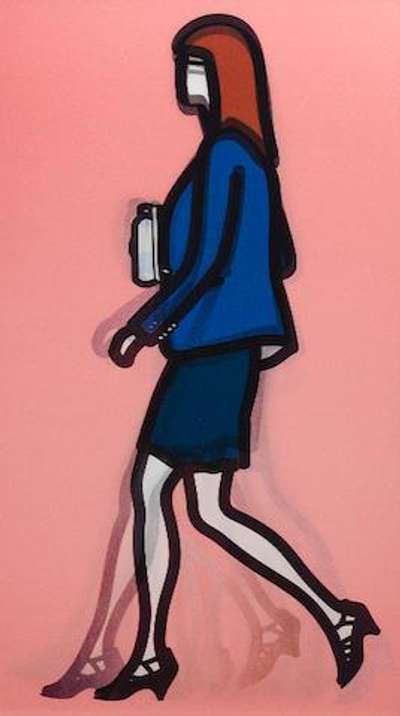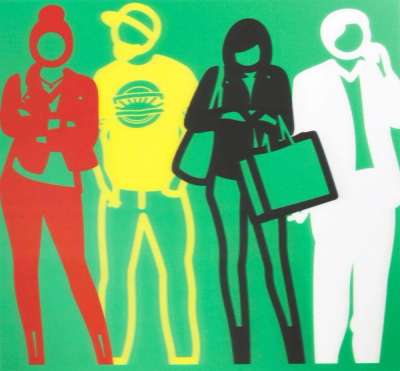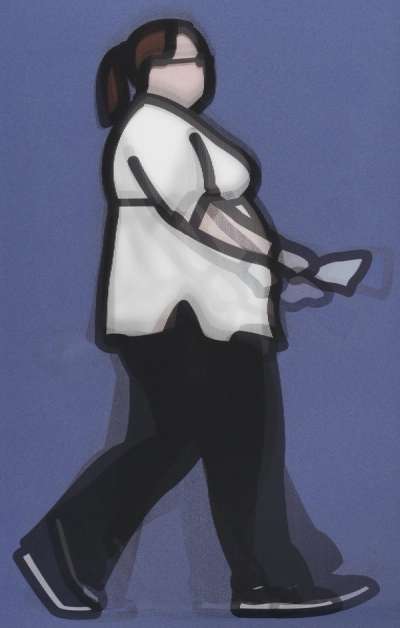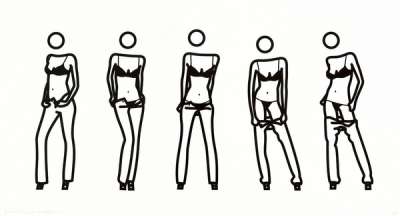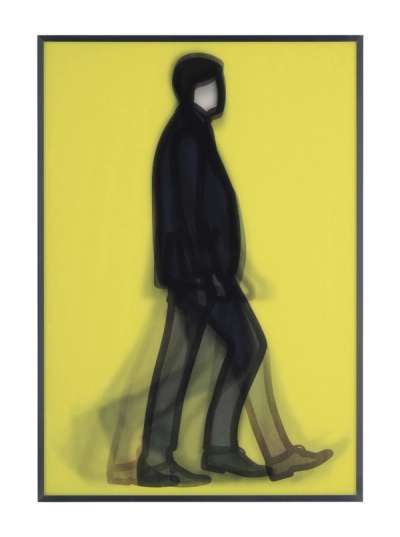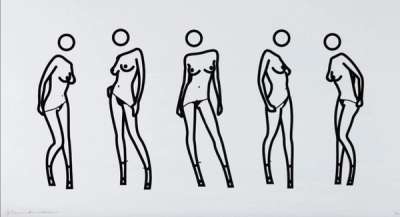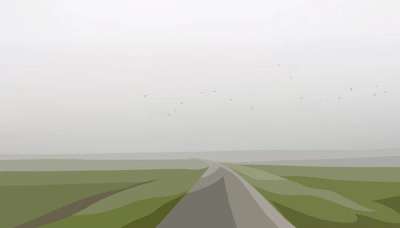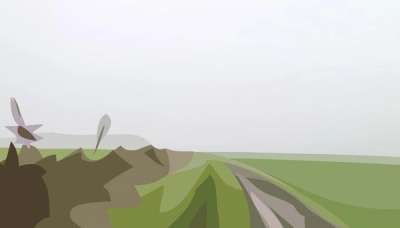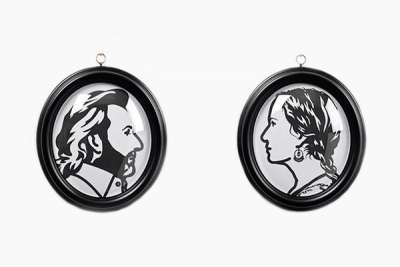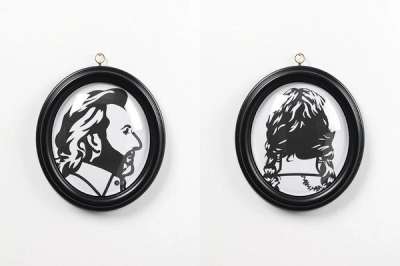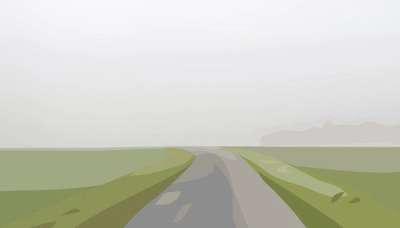Landscape

Landscape
Signed Print
Julian Opie
Price data unavailable
There aren't enough data points on this work for a comprehensive result. Please speak to a specialist by making an enquiry.
40 x 80cm, Edition of 78, Screenprint
Medium: Screenprint
Edition size: 78
Year: 1995
Size: H 40cm x W 80cm
Signed: Yes
Format: Signed Print
Last Auction: September 2022
TradingFloor
Auction Results

Track auction value trend
Meaning & Analysis
Landscape is an early screen print by Julian Opie from 1995, showing a highly simplified landscape image of a green field, hills and a cloudy sky. Opie uses block colours to create the shapes for this image with a limited palette of only five colours.
Much like many of Opie’s prints throughout his entire career, Landscape is based on photographs that the artist later alters on a computer so as to create a stylised representation of the landscape. Drawing from immediate personal experience, Opie depersonalises the image with his slick visual language that encourages the viewer to reconsider how we look at the world.
Opie makes clear the way in which he wishes to offer these prints up as commodities to the viewer by creating multiple versions and possibilities for combination with the same subject. Landscape is part of a series of three prints that look almost identical, with small changes made to each such as the size of the clouds and placement of the winding river. Since the mid-1990s, Opie has explored the principles of modular variation across artistic media and subject matter and has himself described his work to be like ‘objects in an Ikea catalogue.’
Julian Opie, born in 1958, dances through the contemporary art scene with a distinctive digital allure. A trailblazer of the 1980s New British Sculpture movement, Opie's work is a highly stylised blend of Pop Art and minimalism which navigates the intersection of technology and visual expression. From his early experiments with computer-generated art to his iconic portraits and animated installations, Opie's work exudes a captivating simplicity. His signature style, marked by bold lines and reduced forms, is internationally recognisable and has made him a key player in British contemporary art.
